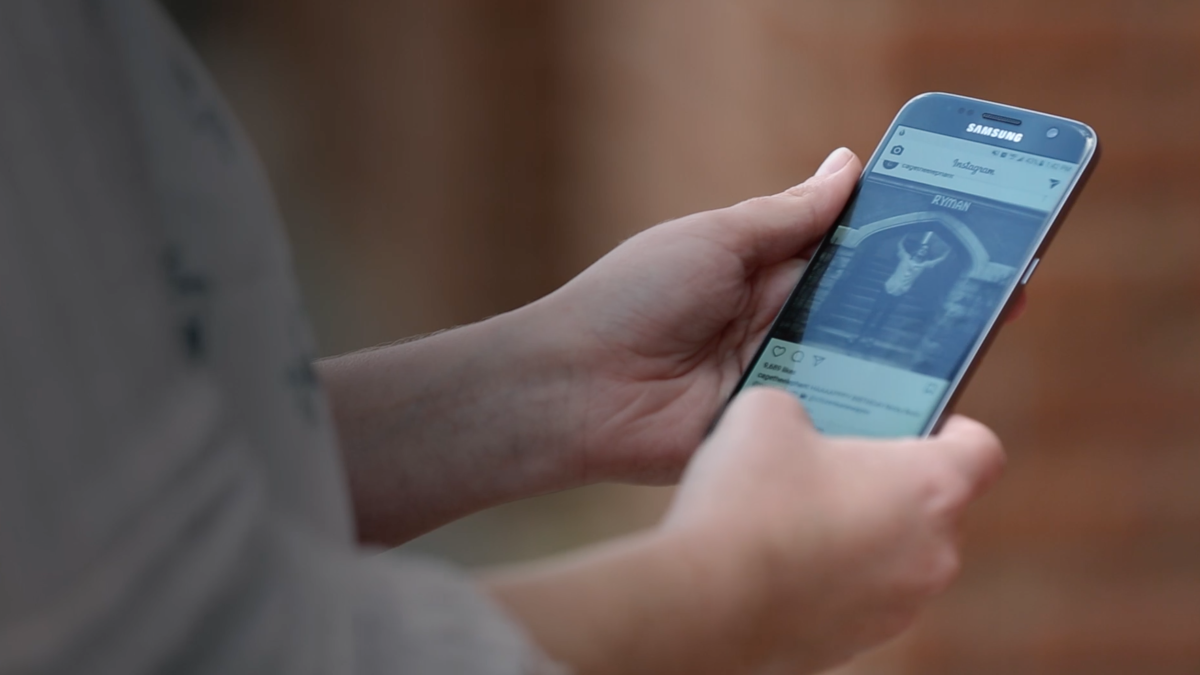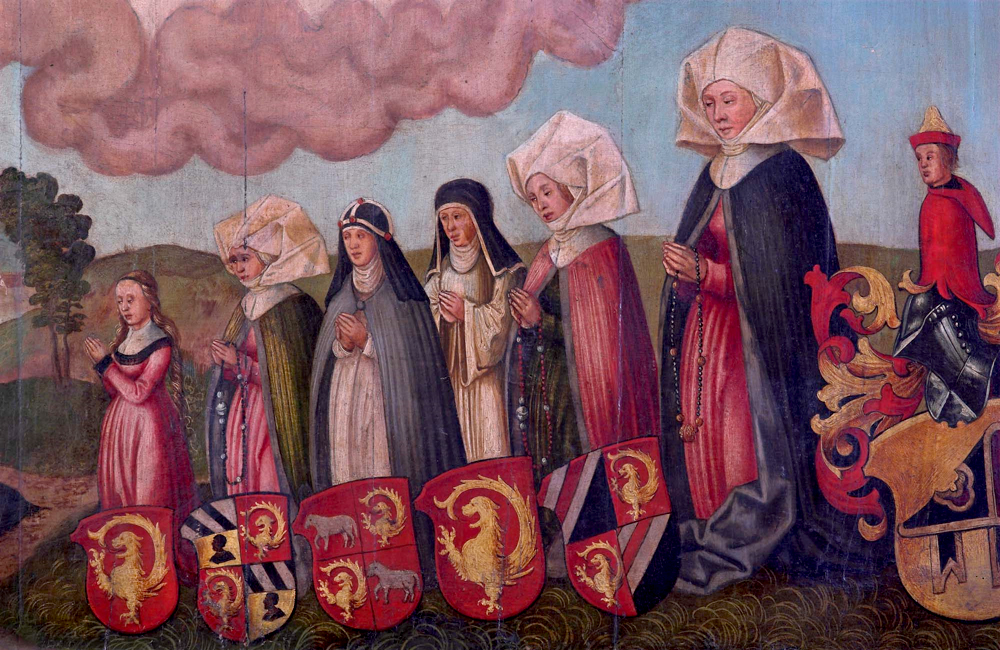Was this the face that launched a trillion selfies?
A small newborn, Sophie, wrapped in baby blankets and with a full head of hair, was photographed by her father Philippe Kahn on June 11, 1997. What's unique about the image is Kahn took it with a makeshift cell phone camera that sent the image immediately to all of his friends and family in real time, making it the first cell phone photograph.
Now it seems taking photos with our cell phones is as natural as breathing, and people born less than 21 years ago, like Sophie, will likely share hundreds — if not thousands — of photos using their phones in their lives and never give it a second thought.
On this interesting technological anniversary we asked Arizona State University art historian and Professor Corine Schleif, whose research focuses on Medieval and Rennaisance art, to reflect on our human desire to document our lives, and how it's manifested over the centuries.
Question: The first photo sent via cell phone was a picture of Kahn’s daughter to his friends and family. Have we always had a desire to document our lives like this?
Answer: I think that we have always had a desire to document our lives — our presence, our being there — to make ourselves ever-present or to prolong the present. We haven’t always wanted so much of our everyday lives to be documented, however.
Q: Sending a photo of your new baby seems like a modern thing to do; was there any similar behavior in the past?
A: Certainly whole families wanted to be recorded. We have epitaphs from the Renaissance that document whole families, not showing them at an everyday activity, but formally posed: palms pressed together, kneeling in prayer. Thus they could pray for all eternity. The arrangement showed their positions in the family: mother, father, daughter, son, arranged hierarchically according to gender and birth order. One moment in time was perpetuated in that these portraits differentiate the various ages or stages in life. For example, girls, marriageable women, married women and widows would have worn specific hair styles or head coverings. Nuns, priests and monks were also distinguished by their dress.
Detail from the Epitaph for Ursula Holzschuher Imhoff. The different headcoverings and positioning of the figures related to the family hierarchy and ages of the members at the time of the image's creation.
Q: How is a cell phone camera photograph different than past mediums?
A: We use our phones and pocket cameras to produce something that is more momentary than a painted portrait and more ephemeral than even a paper snapshot. They are quickly made and quickly discarded. But we also produce far more of them than did our predecessors using the more expensive and time-consuming media of the past. We can therefore be less worried about how good or bad we might appear. These pictures also function as an aid to memory. They provide a quick, easy way in which to share a moment, but these are ever-changing glimpses and very unlike the moment in a sculpted epitaph or painted portrait in which the makers composed a condensed formal idealized summary moment for all eternity.
Q: Do you think cell phone cameras have changed the way we interact with art?
A: Yes. We can now often take a picture of the art along with us. This means we can take it into our own possession — whether it is architecture that we admire or detest or a great master painting that we finally got to see in a big museum or an image shown in a lecture that might be on the exam.
Q: Have cell phone cameras affected the way we make art?
A: Yes. Painters of the 19th and early 20th century often used photographs — but didn’t want to admit it. Today preparatory photography no longer carries such a stigma and I think that using pictures as part of our rhetoric is becoming increasingly important to everyone. I would hope that in the future everyone would make more use of pictorial rhetoric — not just artists. Scholars of the future will hopefully no longer see the necessity of transforming everything into written language. There’s a lot of truth to the old adage that a picture is worth a thousand words.
Q: Past mediums like painted portraits were expensive and not readily available, yet most folks today have a cell phone camera. How will that affect the way we document ourselves in the future?
A: Cell phone cameras make photography and self-documentation far more democratic. The ease of photographing, archiving, duplicating and sharing makes it possible to document nearly everything pictorially. So we will be able to make and view more pictures showing process and events — including videos. We can now so easily make videos with sound that we can store in our little devices, which can be used by law enforcement, journalists, teachers, students, craftsmen, hobbyists and politicians. My hope is that we can one day take this several steps further, that we can move from the current distinction between the object in the picture/video and the subject taking the photograph or making the video. In virtual reality we will one day be able to feel what it is like to be the people that we now photograph or film. Perhaps one day we will be able to send each other digital files that not only preserve the look on someone’s face when they are sailing or parachuting but actually to share some of the sensations as if we were they. Ultimately this might help us to have more empathy for each other and for all living creatures.
More Arts, humanities and education

Professor's acoustic research repurposed into relaxing listening sessions for all
Garth Paine, an expert in acoustic ecology, has spent years traveling the world to collect specialized audio recordings.He’s been to Costa Rica and to Ecuador as part of his research into innovative…

Filmmaker Spike Lee’s storytelling skills captivate audience at ASU event
Legendary filmmaker Spike Lee was this year’s distinguished speaker for the Delivering Democracy 2025 dialogue — a free event organized by Arizona State University’s Center for the Study of…

Grammy-winning producer Timbaland to headline ASU music industry conference
The Arizona State University Popular Music program’s Music Industry Career Conference is set to provide students with exposure to exciting career opportunities, music professionals and industry…



